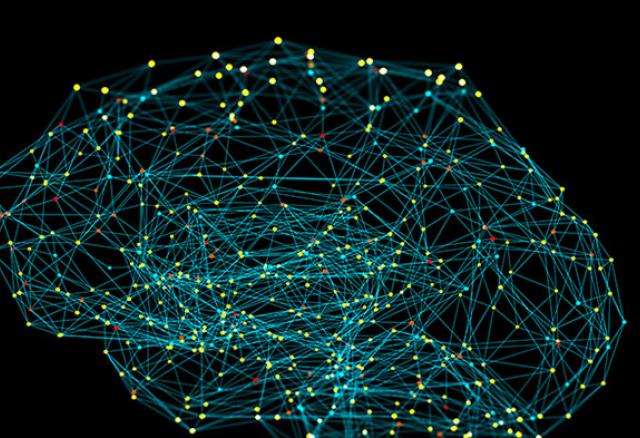Upcoming Webinar: 28 April 2021 by Dr. Fernando Gama
Graphs are generic models of signal structure that can help to learn in several practical problems. To learn from graph data, we need scalable…
Read moreUpcoming Webinar: 15 March 2021 by Dr. Zhiguo Ding
With the current rollout of 5G, the focus of the research community is shifting towards the design of the next generation of mobile systems, e.g., 6G…
Read moreUpcoming Webinar: 20 January 2021 by Dr. Charilaos I. Kanatsoulis and Dr. Nikolaos D. Sidiropoulos
Signal sampling and reconstruction is a fundamental engineering task at the heart of signal processing. The celebrated Shannon-Nyquist theorem…
Read moreCall for Proposals: Summer 2021 Virtual Seasonal Schools in Signal Processing
Are you looking to energize signal processing students, early stage researchers, and industry practitioners? Consider hosting a virtual Seasonal…
Read moreUpcoming Webinar by Dr. Foad Sohabi: "Hybrid Digital and Analog Beamforming Design for Large-Scale Antenna Arrays"
The potentials of using millimeter-wave (mmWave) frequency for future wireless cellular communication systems have motivated the study of large-scale…
Read moreUpcoming Webinar by Dr. Foad Sohabi: "Hybrid Digital and Analog Beamforming Design for Large-Scale Antenna Arrays"
The potentials of using millimeter-wave (mmWave) frequency for future wireless cellular communication systems have motivated the study of large-scale…
Read moreUpcoming Webinar by Dr. Stefania Sardellitti: "Joint Optimization of Radio and Computational Resources in Mobile Edge Computing"
In recent years, we have seen the emergence of new compute-intensive and delay-critical mobile applications, such as virtual/augmented reality,…
Read moreUpcoming Webinar: "How the Mobile Phone Became a Camera"
The first camera phone was sold in 2000, when taking pictures with your phone was an oddity, and sharing pictures online was unheard-of. Today,…
Read moreUpcoming Webinar: "An Algorithmic Investigation of Hybrid Beamforming for 5G and Beyond Networks"
Large-scale antenna arrays, also known as massive MIMO, are key enablers for 5G and beyond networks, which, however, bring tremendous pressures…
Read moreHow can we use tools from signal processing to understand better neural networks?
Deep neural networks achieve state-of-the-art performance in many domains in signal processing. The main practice is getting pairs of examples, input…
Read more



